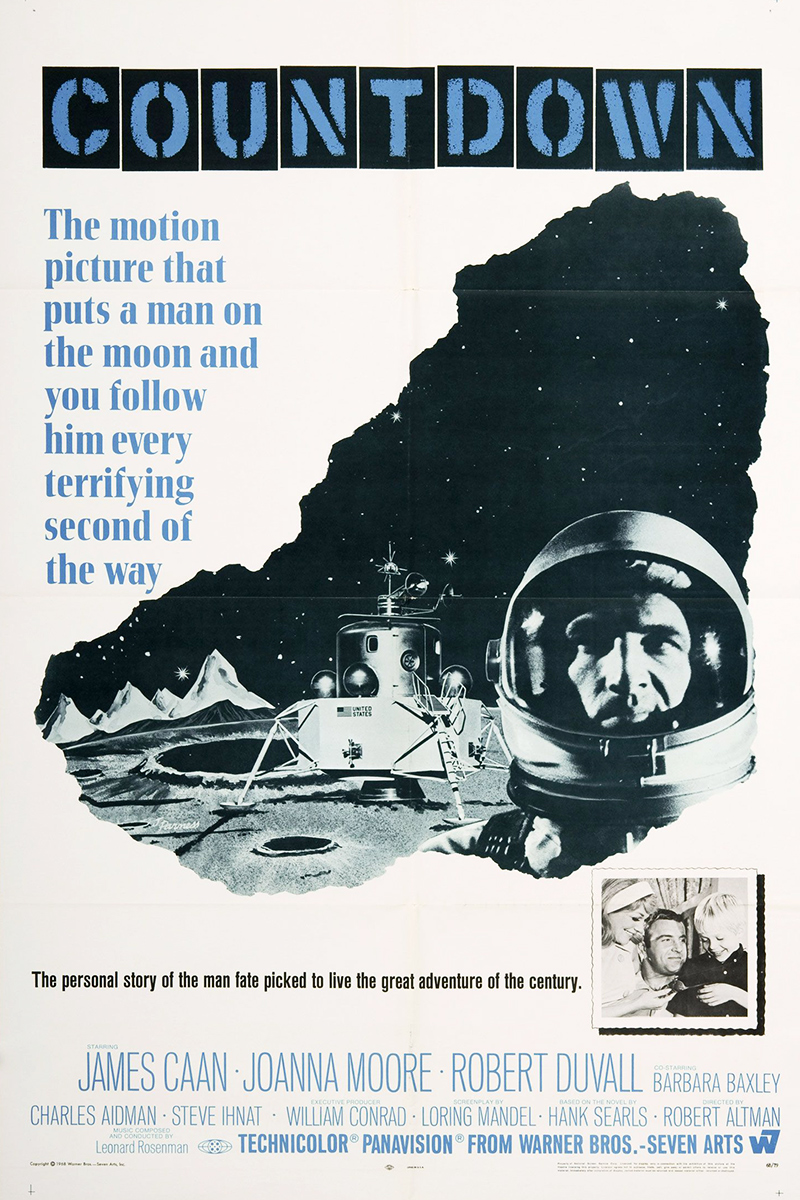
In the late 1950s, the Soviet Union was at a disadvantage in the Cold War. Whereas the United States had missiles in Europe and Turkey that could reach Russia within minutes, North America was far away from Soviet bombs.
Moreover, the Soviet Union had only a few dozen long-range missiles against hundreds on the American side. The Soviets felt vulnerable to a first strike.
In May 1959, a group of Soviet military engineers proposed to remedy this imbalance by constructing twenty to 25 artificial islands in waters around the United States for nuclear bases.
They suggested that underwater shoals hidden mere meters below the ocean surface could be used to construct the bases. The Soviet government would then be able to leverage those bases in negotiations for the withdrawal of American missiles from Europe.
Soviet military chief Marshal Vasily Sokolovsky thought the plan was feasible but ill-advised. There were too many risks. What if the Americans discovered the scheme and bombed the bases before they were built?
Instead, three years later, the Soviets put nuclear missiles on Cuba, 140 kilometers off the Florida coast. This triggered the Cuban Missile Crisis, which would end with the removal of Soviet weapons from Cuba and American missiles from Turkey.




